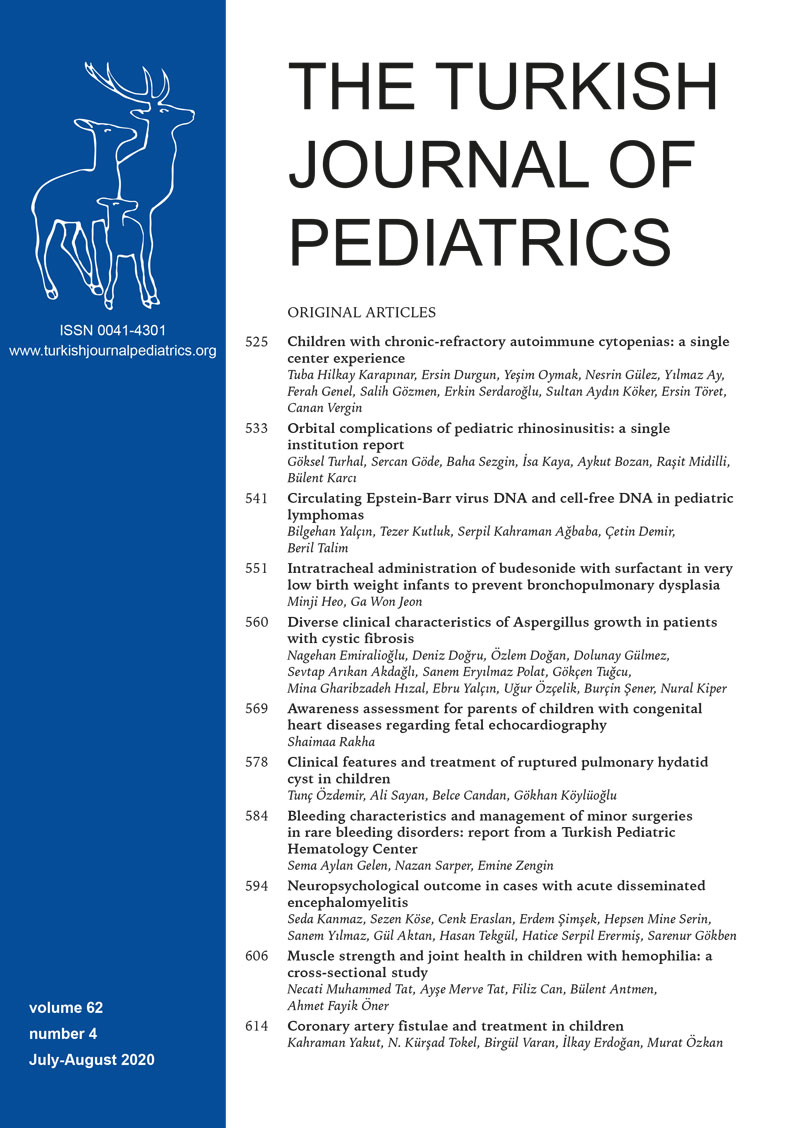Abstract
Background. Chronic pancreatitis is very rare in childhood and causes chronic/relapsing abdominal pain, frequent hospitalizations, malnutrition, growth retardation, and stone formation in the main duct. Although pancreatic extracorporeal shock wave lithotripsy (P-ESWL) is commonly used in the treatment of pancreatic stones (PS) in adults, the use in children is still controversial. An adolescent girl with multiple PS is presented to discuss the use of ESWL as a treatment alternative in children with PS.
Case. A 14-year-old girl was admitted with abdominal pain and elevated pancreatic enzyme levels. Abdominal US showed irregularity and rough echogenicity in pancreas revealing pancreatitis. Multiple stones were seen in main pancreatic duct on Magnetic resonance cholangiopancreatography (MRCP). Endoscopic retrograde cholangiopancreatography (ERCP) was performed and dilated pancreatic duct, thickened pancreatic secretion were detected. Endoscopic sphincterotomy was performed. Endoscopic removal of stones could not be achieved since the largest stone was 17x8 mm. Pancreatic extracorporeal shock wave lithotripsy (P-ESWL) was performed using electromagnetic lithotripter under general anesthesia. Following ESWL, fragmentation of stones in the main duct was confirmed with ERCP. After 3 sessions of ESWL, no ESWL-related complication was observed. Pain relief was achieved. The patient is still under follow-up regarding endocrine and exocrine function of pancreas.
Conclusion. ESWL may be an effective and safe management option in pediatric PS which could not be removed by ERCP. The patients managed with ESWL should be followed-up for a long time regarding the endocrine and exocrine functions of the pancreas. As in management of adult pancreatitis, clinical guidelines are needed regarding the management of pediatric PS.
Keywords: ESWL, calcific pancreatitis, children, chronic pancreatitis, pancreatic stone
Copyright and license
Copyright © 2020 The Author(s). This is an open access article distributed under the Creative Commons Attribution License (CC BY), which permits unrestricted use, distribution, and reproduction in any medium or format, provided the original work is properly cited.














